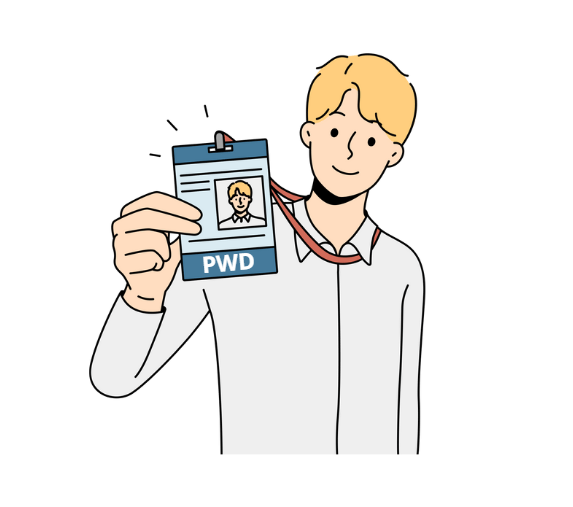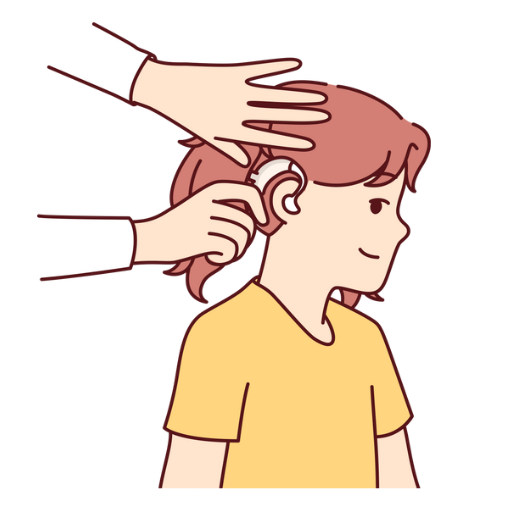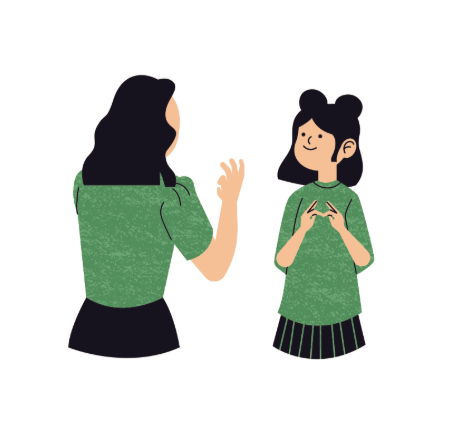Are There “Accents” in Sign Language?
When we think of accents, we usually imagine differences in spoken language—like the way English sounds in Manila compared to London or New York. But did you know that sign languages also have their own versions of “accents”? For the Deaf and Hard of Hearing community, these variations appear in the way signs are formed, expressed, and understood. Let’s explore what “accents” mean in sign language and why they matter, especially in the Filipino context.

What Are Sign Language Accents?
Just like spoken languages, sign languages have regional, cultural, and personal differences. These differences are sometimes called “accents” in signing. They can include:
- Handshapes – Slightly different ways of forming the same sign.
- Movement – Faster, slower, or more exaggerated movements.
- Facial Expressions – Subtle changes in emotion or emphasis.
- Regional Variations – Communities in different areas may use different signs for the same word.
Filipino Sign Language (FSL) and Its Variations
In the Philippines, Filipino Sign Language (FSL) is officially recognized as the national sign language (Republic Act 11106, 2018). But even within FSL, there are regional differences. For example, Deaf communities in Luzon, Visayas, and Mindanao may have unique ways of signing certain words, similar to regional dialects in spoken Filipino. These variations are natural and reflect the diversity of the Deaf community.
International Perspectives
Around the world, sign languages also have their own accents and dialects. For example, American Sign Language (ASL) and British Sign Language (BSL) are completely different languages, but even within ASL, there are regional variations (Gallaudet University, 2021). Just as spoken languages evolve, sign languages change depending on culture, history, and local Deaf experiences.
Why These Differences Matter
Understanding sign language “accents” is important because:
- They show the richness and diversity of Deaf culture.
- They remind us that sign languages are living, evolving languages.
- They highlight the need for respect and openness when meeting Deaf people from different regions.
- They encourage learning and adaptation in communication.
Conclusion
Yes, there are “accents” in sign language! Just like spoken languages, these differences reflect the culture and identity of communities around the world. In the Philippines, recognizing variations in FSL helps us celebrate diversity while promoting understanding. The key is to approach communication with patience, curiosity, and respect. By doing so, we strengthen connections and build a more inclusive society for all.
References
- Republic Act 11106. (2018). Filipino Sign Language Act. Retrieved from https://www.officialgazette.gov.ph
- Gallaudet University. (2021). Regional Variation in Sign Language. Retrieved from https://www.gallaudet.edu







Leave a Reply